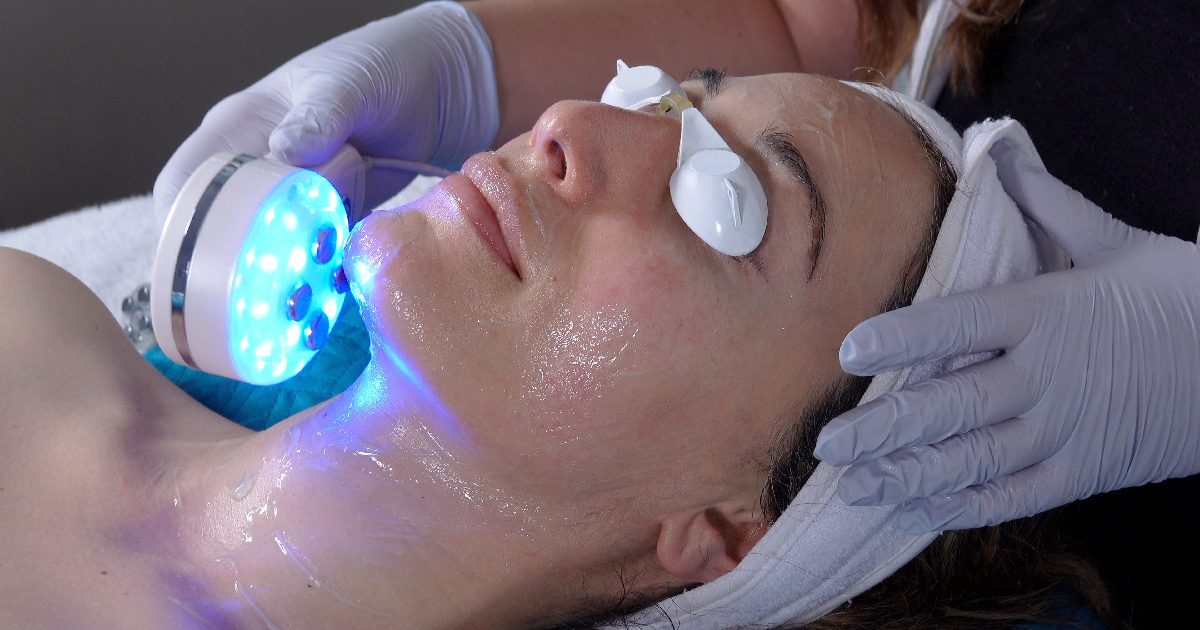Waxing remains a go-to solution for many who want smooth, hair-free skin for an extended period. But if you’re new to waxing or just want to understand it better, it’s good to know what happens after you leave the salon. Here’s a breakdown of what you can expect in terms of hair regrowth and how to manage it for the best results.
Understanding Hair Growth After Waxing
Hair growth isn’t just a random occurrence—it’s a well-organized cycle involving three key stages: anagen, catagen, and telogen. These stages play a crucial role in how and when your hair grows back after waxing.
- Anagen (Growth Phase): This is when your hair is actively growing, and it’s the best phase for waxing. During this phase, the hair is still connected to the blood supply, making it easier to remove from the root. Catching hair in this phase means a longer period before regrowth begins.
- Catagen (Transitional Phase): In this short, ten-day phase, hair growth slows, and the follicle starts to shrink. Since the hair is no longer connected to the blood supply, waxing during this phase might not remove the hair as effectively from the root.
- Telogen (Resting Phase): Here, the hair is at rest, having completed its growth cycle. It’s just waiting to fall out naturally or be pushed out by new hair in the anagen phase. Waxing during this phase isn’t as effective since the hair is loosely attached, but it does help clear out old hair.
When you wax, you aim to target as many hairs in the anagen phase as possible. However, since your hair doesn’t all grow at the same rate, you’ll notice that some hairs grow back faster than others.
Regrowth Dynamics: What to Expect
After you’ve had a waxing session, your skin will likely stay smooth for about three to four weeks, depending on your hair growth rate and the area treated. For example, facial hair might start reappearing sooner than hair on your legs due to its finer texture and quicker growth cycle.
As the hair begins to regrow, you might notice that it feels softer and finer. This happens because the follicle weakens over time with repeated waxing, making the regrowth less noticeable and easier to manage. However, factors like genetics and hormonal changes can affect how fast and thick your hair grows back. For instance, warmer climates can stimulate faster hair growth due to increased blood circulation in the skin.
How to Enhance and Manage Hair Regrowth
Getting the most out of your waxing routine involves more than just booking your next appointment. There are several strategies you can use to keep your skin smoother for longer.
- Stick to a Regular Waxing Schedule: Waxing regularly, about every three to six weeks helps weaken the hair follicles over time, leading to finer and sparser hair regrowth. This consistency also ensures that more hairs are in the anagen phase during each waxing session, giving you longer-lasting results.
- Exfoliate Regularly: A day or two before waxing, gently exfoliate your skin to remove dead skin cells and help the wax adhere better to your hair. Regular exfoliation after waxing helps prevent ingrown hairs by keeping the follicles clear and encourages even regrowth.
- Moisturize Daily: Well-hydrated skin is more supple and can handle the waxing process better, reducing the chances of irritation and ingrown hairs. After waxing, use a non-comedogenic, fragrance-free moisturizer to soothe the skin and maintain its health. Aloe vera is particularly effective due to its soothing, anti-inflammatory properties.
- Consider Supplements and Topical Treatments: Supplements like biotin and silica support keratin production, which can help maintain healthy hair and skin. Topical treatments, like retinoids, may slow hair follicle activity, though they should be used cautiously, as they can increase skin sensitivity.
- Choose the Right Wax: The type of wax you use can influence how quickly your hair grows back. Some people find that sugar waxing, for example, can slow regrowth more effectively than traditional waxes due to its gentler nature on the skin and follicles.
- Manage Hormonal Influences: Hormonal changes can affect hair growth patterns, leading to faster or thicker regrowth in some cases. If you’re dealing with hormonal issues like PCOS, consulting with a healthcare provider might help you manage these underlying conditions, which in turn can help with hair growth.
Common Myths and Misconceptions
Identifying these myths helps set realistic expectations, allowing you to enjoy the benefits of waxing without unnecessary concerns.
- Waxing Causes Thicker and Darker Hair: A widespread myth is that waxing causes hair to grow back thicker and darker. In truth, consistent waxing usually results in finer and lighter regrowth. This happens because repeated waxing weakens the hair follicles over time, leading to less robust hair growth.
- Waxing Permanently Removes Hair: While waxing can reduce hair density over time, it does not permanently stop hair growth. Hair follicles remain intact, so hair will eventually regrow. Permanent hair removal requires treatments like laser or electrolysis.
- Waxing Causes Ingrown Hairs: Although ingrown hairs can occur with any hair removal method, waxing generally reduces the likelihood compared to shaving. Waxing clears the entire hair from the root, which helps prevent the sharp edge that shaving leaves behind—often the cause of ingrown hairs.
- Waxing is Unbearably Painful: Waxing can be uncomfortable, especially for first-timers, but the pain usually decreases with regular sessions as the hair gradually becomes finer. Professional techniques, like applying pressure after removing the wax strip, help minimize discomfort.
- Waxing Causes Sagging Skin: Concerns about waxing causing skin to sag are unfounded. When done correctly, waxing should not damage the skin or cause it to stretch. Modern techniques and products are designed to adhere to the hair, not the skin.
- Waxing is Only for Women: Waxing is effective for anyone wanting to remove hair, regardless of gender. Men commonly wax areas like the back, chest, and eyebrows. The benefits of smooth skin and reduced regrowth apply to both men and women.
Takeaway
After waxing, the journey to smoother, hair-free skin continues as you navigate the process of hair regrowth. Understanding how hair growth cycles impact the timing and texture of after-wax hair growth helps set realistic expectations. With regular waxing, you’ll likely notice that after waxing, hair growth becomes finer and softer, giving you that long-lasting smoothness you seek. Whether you’re dealing with body or facial hair growth after waxing, following the right skincare and waxing routine can enhance your results over time.
At Awaken Aesthetics, we’re committed to helping you achieve the best possible outcomes for your skin. Our team is here to guide you through the process, offering personalized advice and professional waxing services that cater to your unique needs. Contact us today to start your assessment!





